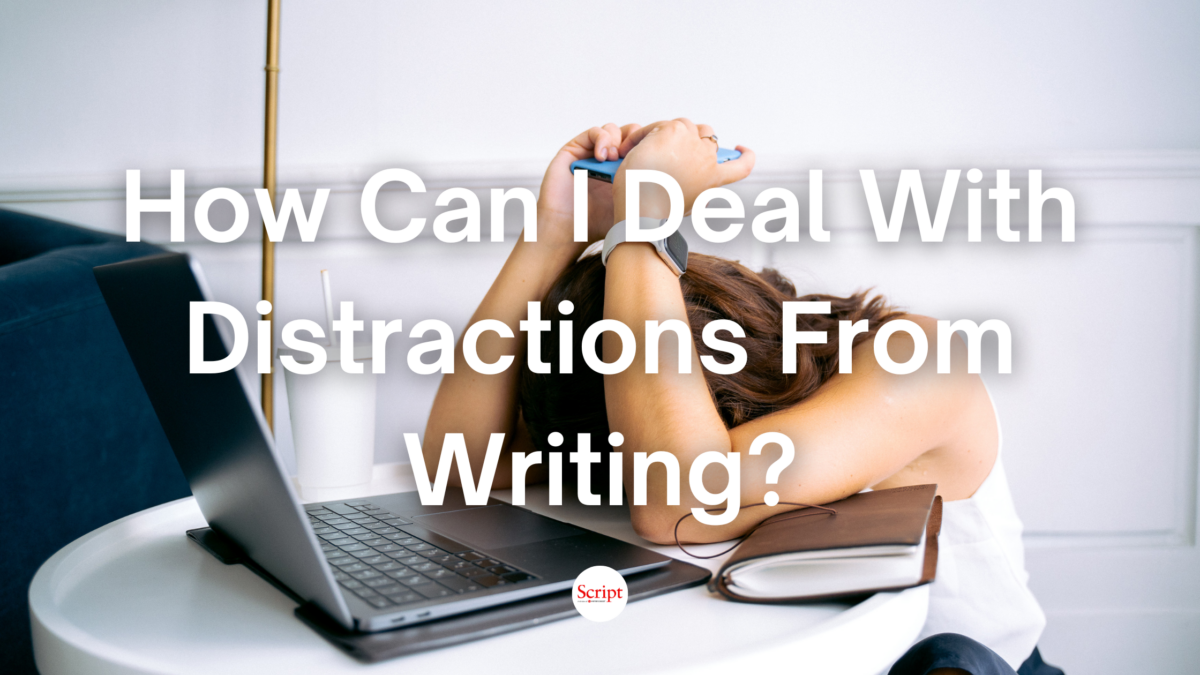On Pacing & Structure with Screenwriter Jeff Howard
Jenna Avery interviews screenwriter Jeff Howard (‘Midnight Mass,’ ‘Haunting of Hill House,’ ‘Oculus,’ ‘Ouija: Origin of Evil,’ ‘Gerald’s Game’) about pacing and dialogue.
Welcome to “Ask the Coach.” As a writing coach, I answer questions from writers about making the work of writing happen, tackling craft, business, and personal questions along the way. (Have a question you’d like answered? Check the details at the end of the article about how to submit one.)
Today I’m addressing — with help from a guest expert — two similar but separate questions from readers about building to a climax and keeping a story moving:
To answer these questions, I turned to screenwriter Jeff Howard (Midnight Mass, Haunting of Hill House, Oculus, Ouija: Origin of Evil, Gerald's Game), who’s been teaching about screenwriting in recent months, inspiring and helping screenwriters around the world, including yours truly. Jeff was so helpful with our questions about character arc and development for last month’s article, we brought him back for a second round.
Here are his recommendations for building tension using structure and pacing, then about using dialogue to keep a story moving.
1. Tighten pacing with a shorter “second half.”
First, with building tension toward a climax, Jeff says that the biggest misconception writers have about the second half of the script is that it’s equal in length to the first half. What precedes the midpoint is longer than what comes after it.
He explains: “Your first half is longer than your second half. It's more of a 60-40 deal. And the reason structure and pacing build tension to a climax is because everything gets shorter and shorter as you get closer to the end.”
“Just as in the beginning, you go long — like stretching the pizza dough as far as you can to introduce all of your stuff — in the so-called second half, the back 40 percent of your movie (or season or pilot), it accelerates rapidly downhill. It's the collision course of all these things driving toward their inevitable end. Then, when it’s over, get out. Don’t stick around.”
Jeff’s rule of thumb: “For me, it's nothing new after the first 60 percent and the back 40 just contains downhill action…. There are no more establishing shots, no more character introductions, no more reveals of secret relationships, no more hidden this or that’s. If you're typing an establishing shot in the third act, you're doing it wrong. If you're introducing somebody new in the third act who's critical to the story, you're doing it wrong. (At least you have to introduce the concept of that person and fully develop them and then you're waiting for them to arrive.)”
2. Design tension with your outline.
Jeff always recommends outlining — even if you do your own unique version of outlining — to build tension into your story.
He says, “The real truth about building tension towards your climax is that you design it that way. It's very hard to do off the cuff. But if you are an outliner — which I think writers really should all be, even if that outline is seven words on the back of an envelope — it's a guidepost.
“If you don't have a plan of where you're going to land at the end, you're going to have a very hard time landing these tight, tension-building climaxes because so much of it depends on undoing what you did in the first act and being intentional about what you put in the first act, because you know directly how they're going to play in the third.
“If you look at Basic Instinct, it opens with Sharon Stone killing somebody. And then you spend the rest of the movie wondering if she is or isn't the killer. And, well… remember?
“Realistically, if you want to build to an exciting climax, you've got to mirror it with the first act and you've got to plan how to get there.”
3. Earn your climax with your second act.
Jeff says the biggest mistake he sees writers make is “not that they can't write an effective, tense climax. It's that they don't write the second act that earns it. Almost anybody who calls themselves a screenwriter knows how to sit down and write one of these endings. They're the part that's burning inside of us. What most of us never take the time to learn how we make Act Two earn it.”
How do we do this?
According to Jeff, the key is to “take every moment of what you want to include in the finale — in that tense climax — and preface it with breadcrumbs and progressively bigger pieces so that by the time we get there, we fully understand what we're seeing and we're participating in it almost as something our brain is finishing for us… Everyone who sits in the theater thinks they're the only one who saw the pieces. But no, the writer laid out a breadcrumb early, then a bigger piece later, and then turned it somewhere and gave you an ending where you think, ‘Oh, I could so feel that coming. I saw through that storytelling.’”
Pay attention to whether you’re writing what Jeff sees as “water treading scenes” until you get to the big moments. Instead, the audience has “to participate and be tugged along and the intensity has to rise with the character's intensity or it'll never matter.”
He gives an example: “If it's the reunion of two long-lost lovers in the third act, and we don't long for and need deep in our soul the reunion of these two people all through the second act, we are not going to care if they get together in the third act. You have to create the longing in us. You have to literally make us feel like we're on the journey with them of aching to be reunited with this other person.”
4. Use dialogue as “frosting” on the cake of your script.
About dialogue, Jeff says, “Dialogue is not your action, and it's not your exposition, especially when you want to keep the story moving.”
Jeff advises writers to think of dialogue as a light layer of the story, saying, “Dialogue is this thin layer of frosting on a delicious cake that would be just as good without it. Don't let major story points fall to dialogue.”
He adds, “I'm not saying you can't ever use dialogue,” but “what hardly ever happens is that great plot unfolds before us and we learn all character moments and stuff without really having to say a word.”
So instead, “Don’t overuse it. Reduce what you have every chance you get. Ask yourself, ‘Can I show this instead of talking about it in dialogue?’ And if you can, always show it. Is it a little harder to pull off? Sure. It takes more work. You can't hardly ever do it on your first pass through, but as you're revising, you can find ways to eliminate unnecessary dialogue that helps you propel the action.”
And to keep the story moving at the end, Jeff advises us to focus on the experiences of the story, not the dialogue. He sees a lot of pacing falling apart because writers “feel like they need to over-explain things late in the story.” Instead, he suggests “If you think of yourself as an audience member, you don't have a whole lot of use for chit-chat in the barreling second half of a story. You want to be living through experience after experience, not sitting around listening to seven pages of wonderfully delivered dialogue. You want to pick up the pace.”
That’s a Wrap
Many thanks to Jeff for being available to us today. I highly recommend Jeff’s classes for newer screenwriters and for experienced screenwriters looking to up their game. Jeff offers live classes on Zoom and also has on-demand recordings available ranging from structure and outlining to pitching.
You can find Jeff online on YouTube, where he hosts live streams and shares terrific content (including a great one about pitching and another about selling your script), and on Twitter and Bluesky. I encourage you to reach out to his assistant (and screenwriter) Marsha to ask for his current class schedule. You can reach her at info@jhsessions.com.
Jeff Howard around the web:
Screenwriters, what challenges do you run into that you'd love to see us address in our articles? Take our short survey here, submit your question to be answered anonymously via my online form here, or email me directly at askthecoach@calledtowrite.com. Look for answers to selected questions in my monthly “Ask the Coach” column on the third Thursday of the month.
Find me on Twitter @JennaAvery and Bluesky @jennaavery.bsky.social.







